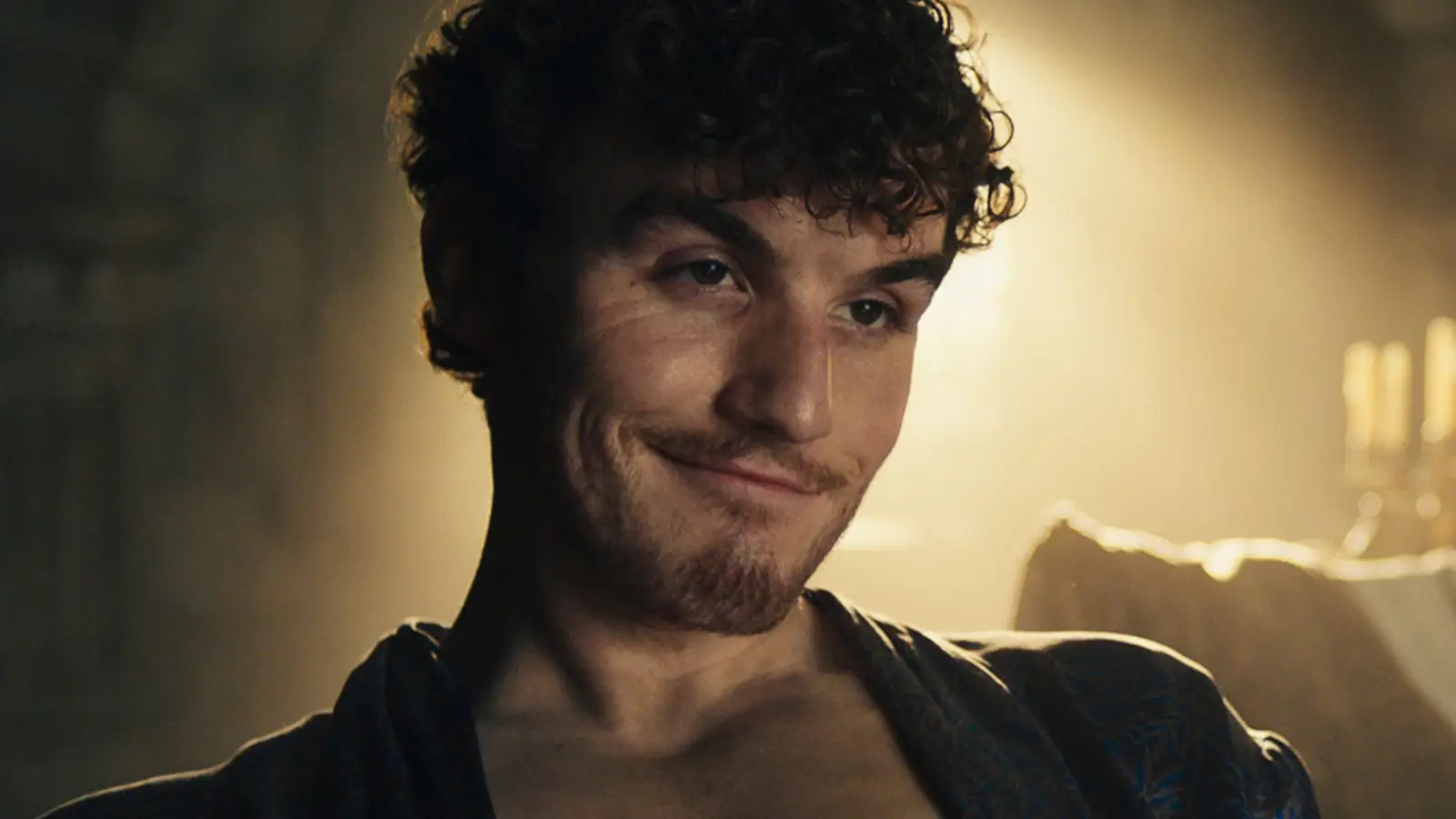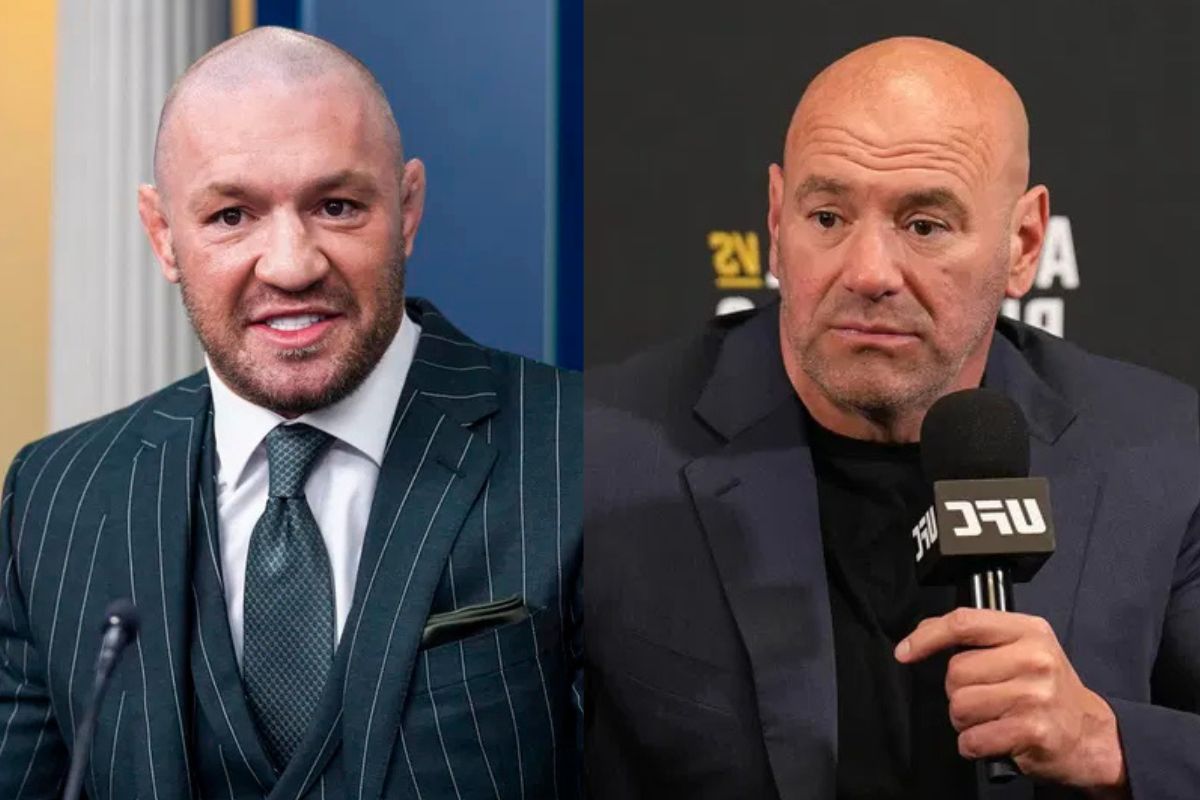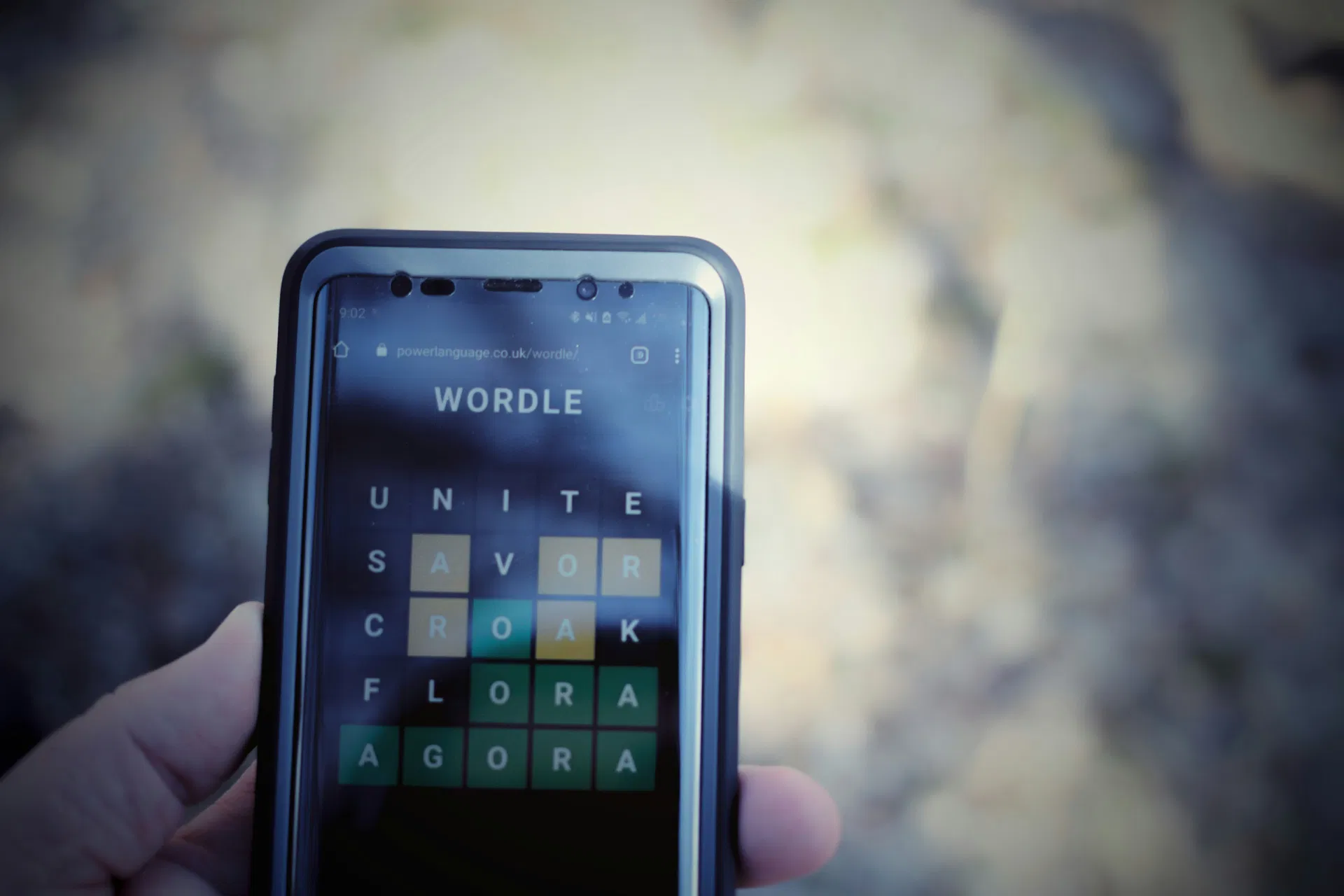
Amazon’s The Wheel of Time series carried the daunting burden of expectation from its first episode. Robert Jordan’s 14-book series requires hundreds of hours to devote time reading, and I can’t imagine the amount of forward-looking planning required to adapt the series’ spirit. Prime Video’s version didn’t nail it and was especially rough out the gate, but it did contain glimmers of impressive translation.
Every season had uneven moments, yet even the missteps pointed toward an ambition worth valuing, and by season 3, The Wheel of Time had really found its footing. Some Wheel of Time book changes actually served the TV format, and the series still had plenty to marvel at—and in at least one case, felt stronger than the novels themselves.
The Seanchan Looked Like Villains Instantly
The Seanchan arrived in Season 2 with designs that announced their cruelty before they spoke. Lady Suroth’s insectile mask, clawed nails, and layered robes turned her into a predator on sight. And soldiers wore gold-foiled leather armor that looked as dangerous as it was ornamental, while damane were shackled by a gold mouthpiece that silenced them.
The Seanchan weren’t explained through dialogue or lore; they were shown as a nightmare culture, instantly recognizable as something alien and oppressive. The moment they appeared, viewers understood both their power and their brutality, and that made them one of the show’s most effective villains.
Production Design Defined Cultures Instantly
Production design was one of the show’s most consistent strengths, from Tar Valon’s White Tower which rose above the city, its bridges and stonework signaling authority before dialogue confirmed it. To the Two Rivers, which felt modest and lived-in as a farming village that mattered because it was so ordinary. Then there’s Falme, a city marked by occupation rather than freedom.
The costume work matched the world-building, too. The Aes Sedai wore robes that displayed rank and Ajah color as visual shorthand for power, and the Seanchan soldiers arrived in insectile armor that announced menace instantly. Even when scale or detail shifted from the books, the designs gave viewers a way to read culture and politics without needing explanation.
Battles Reflected Character Key Decisions
The show’s biggest fights mattered because they forced difficult choices out of the characters. The season 2 Falme ending worked because Egwene’s defiance and Rand’s reluctant step into prophecy sat at its heart, while Mat’s decision to sound the Horn of Valere carried as much impact as the armies clashing around him.
And season 3’s penultimate episode at the Battle of the Two Rivers showed the same pattern. Perrin came home to defend his village, but really to accept the leadership he had been running away from, choosing to stand when flight was easier. Loial’s sacrifice gave the fight personal cost, and Faile’s role tied it back to bonds of loyalty.
Lorne Balfe’s Score Carried Real Emotional Weight
Lorne Balfe’s score gave the series a voice the books never had. Egwene’s motif fractured and rebuilt as her captivity darkened, while the Aes Sedai chorus layered voices to suggest unity and tension. Some songs were even recorded in the Old Tongue, adding weight and texture to the world. Each major character and setting clearly carried a theme.
Battle tracks like “The Thrill of Battle” carried tension beyond what visuals or literary text alone could manage. The score made character changes audible and carried scenes when dialogue risked drowning in complex lore. Ultimately, the music heightened emotional beats and it’s one of the best fantasy soundtracks.
Magic Worked Because Rules Were Clear
Compared to its launch season, season 2 improved how channeling looked and felt. The weaves weren’t interchangeable flashes of light anymore; now they carried shape and purpose. Damane magic appeared as threads caging their arms, showing restraint made visible, while male channelers carried a creeping black taint through their weaves.
Even the tension of the threads reflected control, or lack of it, in the channeler’s body, and that attention to detail is what made the most powerful channelers in The Wheel of Time exciting to watch. The rules felt consistent, and the power looked dangerous and real. Instead of generic magic special effects, it became a system you could follow, and that made every moment of channeling matter.
The Mat Recast Strengthened the Character
Barney Harris exited after season 1, and Dónal Finn stepped in to recast Mat in The Wheel of Time. The transition forced the writers to reset Mat’s path in season 2, and while I’m never a fan of major recastings, Finn’s take just clicked. He had sharper wit, captured the visible damage from Shadar Logoth better, and had an edge that made his choices feel earned.
By Falme, his Horn of Valere moment landed because the performance finally matched the character’s mix of luck and nerve. Ultimately, the recast stabilized a core lead without breaking immersion, and instead of feeling like a frantic patch, Finn’s Mat restored the character’s balance, turning a behind‑the‑scenes problem into an achievement.
The Falme Finale Proved the Show Could Be Epic
Season 2 closed with “What Was Meant to Be,” the battle at Falme that finally gave the series its grand scale fans expected from episode 1. Rand confronted Ishamael before the city’s towers, Mat sounded the Horn of Valere to summon heroes, Egwene killed Renna and broke her collar, and Moiraine’s fire lit the horizon from the sea.
It was the first time the adaptation matched the scope of Jordan’s series with the spectacle possible from Amazon’s huge investment. But the execution was so impressive in the way every beat tied to each character. There’s a ton of ground to cover in just one episode, but the finale proved the show could converge sprawling storylines into a single, cinematic crescendo without losing its faithfulness.
Moiraine Anchored the Story
Rosamund Pike fell in love with The Wheel of Time, and she gave the show its clearest center to new viewers. When Moiraine lost the One Power, Pike played her as guarded and withdrawn, but never absent. Her strained bond with Lan showed the cost of that loss, and their eventual reconnection gave the season one of its few emotional resolutions. The story always steadied when she appeared.
Moiraine’s focus also solved a structural problem. With so many storylines pulling in different directions, her presence tied the show together. She wasn’t written to be warm, but her decisions were easy to follow, and Pike made them feel deliberate. When Moiraine was on screen, prophecy and complex politics stayed grounded in one character instead of scattering across the ensemble.
The Road to the Spear Made Aiel History Feel Immediate
Season 3 episode 4, “The Road to the Spear,” drew praise for how it handled Rand’s trial in Rhuidean. Instead of a lecture about the Aiel’s origins, the ter’angreal visions forced Rand to inhabit the lives of his ancestors. Through makeup, costume, and Stradowski’s performance, it turned him into generations of forebears, showing the audience how pacifists became warriors and why that history weighs on him.
The choice to make Rand live through those memories made the lore feel more tangible to viewers. It was acted out rather than explained, turning the Aiel’s transformation into vignettes of human stories. Moiraine’s presence grounded the sequence, while Aviendha’s parallel struggle to surrender her spears added further depth to one of the most accurate episodes of Wheel of Time.
Egwene’s Damane Arc Hit Harder on Screen
Season 2 episode 6, “Eyes Without Pity,” pushed Egwene into the show’s most harrowing storyline. Collared as a damane, she was forced to obey her Seanchan handler Renna in a series of small, cruel tests. The water jug scene, where she reached instinctively and was punished, made the collar’s horror tangible.
The books describe this ordeal in detail, but the show’s visual immediacy evoked even stronger feelings. The collar, the mouthpiece, and the visual “caging” of her weaves made subjugation physical, not just implied. Egwene’s unbroken will kept it from total despair, with every look refusing to yield.



